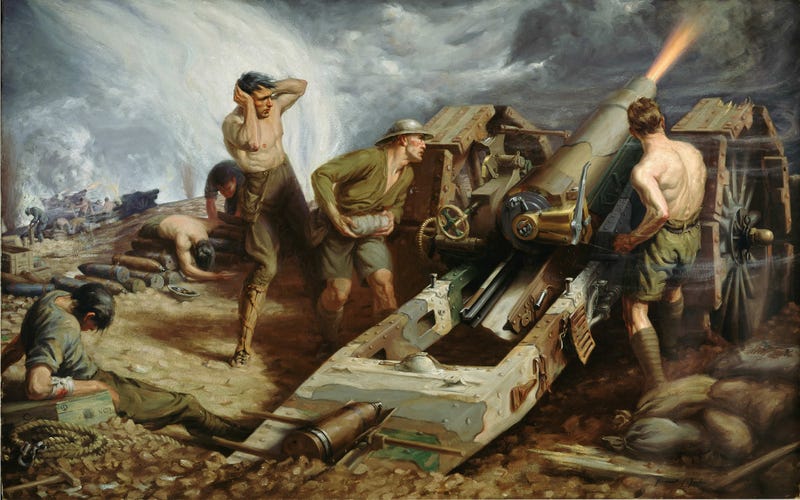misterdnnywhistory2015
Monday, April 8, 2019
Sunday, April 7, 2019
Monday, April 1, 2019
Thursday, February 28, 2019
Saturday, December 12, 2015
ww 1


==========================================

The new doctrine advocated a more flexible defence. For this, the battlefield was now divided into two zones. The first was the forward zone, which would usually be surrendered to the enemy after a short period of resistance. This area stretched from the enemy lines to one's own main defensive positions. Under certain circumstances, this zone could also be evacuated without any resistance, so that the enemy would quickly enter the second zone, the area of main resistance. This zone was deep area into which the enemy would be dragged and which he would exhaust himself. Within this zone, often several kilometers deep, neatly created trenches that had given way to dugouts and concrete strongholds which served as the corset-bones of the defence. Resistance was to be conducted in a flexible manner, and it was expected that some defensive positions would be lost to the enemy in the course of the battle. This was not a major threat, as long as the German forces were able to keep the initiative and to mount counter-attacks which would eventually drive the enemy forces out of these positions.
worldwar 1
he First World War, known as the Great War before 1939 and as World War One after 1950, lasted from August 1914 to the final Armistice with Germany on November 11, 1918. During the war, it was referred to as the war to end all wars. Some question the appropriateness of the term “world war” because it was largely a European, North African, and Middle Eastern war. However, Canada, Australia, New Zealand, South Africa, India, and other British dominions and colonies contributed troops, and the United States also entered the conflict. Much of Asia and South America were not directly involved. The Allies of World War I, led by the United Kingdom, France, Russia (until 1917), and the United States (after 1917), defeated the Central Powers, led by the German Empire, the Austro-Hungarian Empire, and the Ottoman Empire. The war caused the disintegration of four empires: Austro-Hungarian, German, Ottoman, and Russian. It also brought about radical change in the European and Middle Eastern maps. The Allied Powers before 1917 are sometimes referred to as the Triple Entente and the Central Powers are sometimes referred to as the Triple Alliance. Many people believed that this would be the last European conflict and that in the future, diplomacy and detente would resolve differences. Many question whether the war was necessary, suggesting that it could have been avoided.
Subscribe to:
Posts (Atom)












